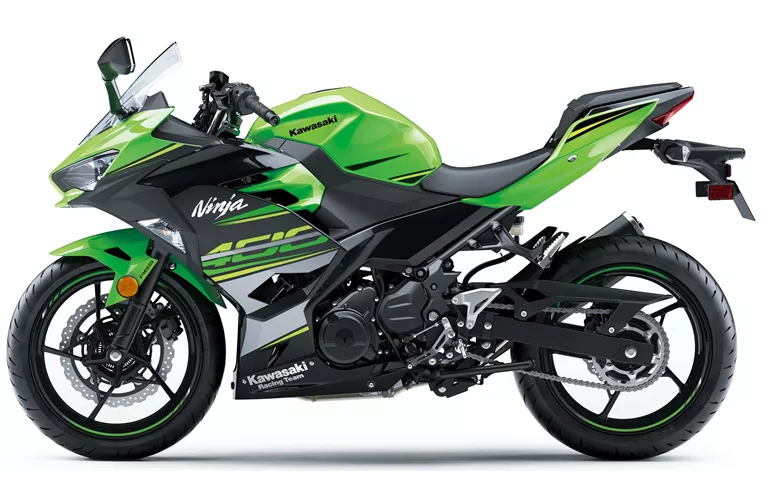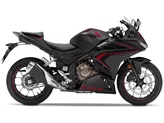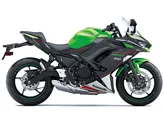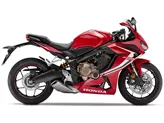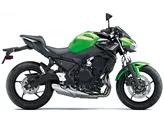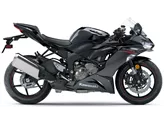Kawasaki Ninja 650 2020 vs. Kawasaki Ninja 400 2018
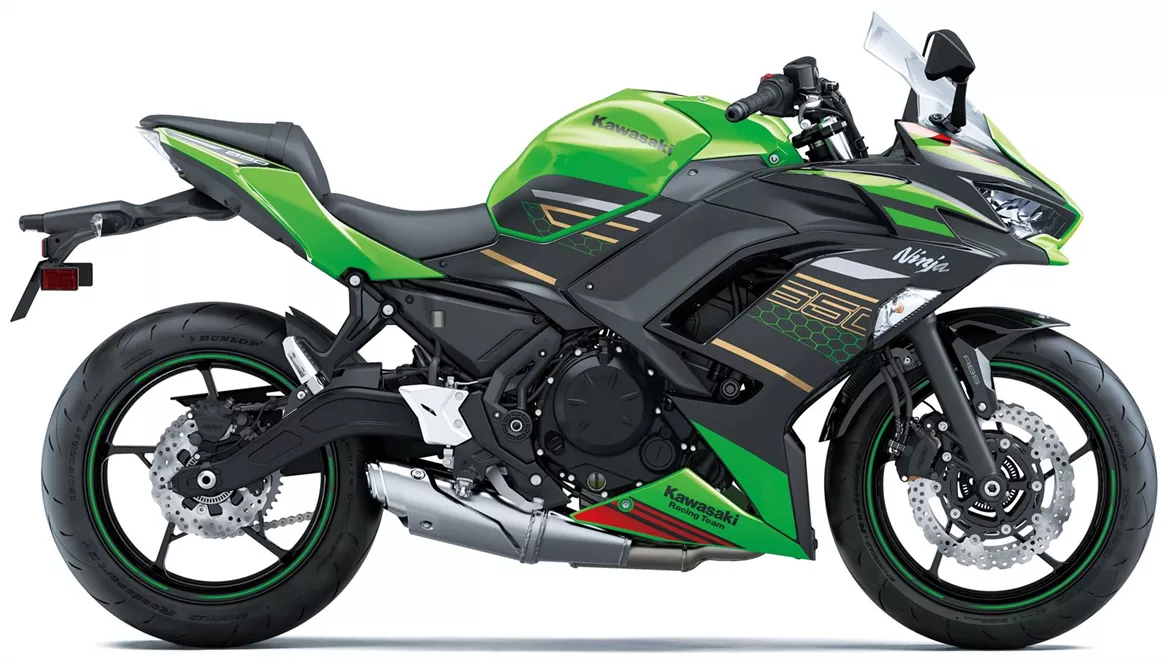
Kawasaki Ninja 650 2020
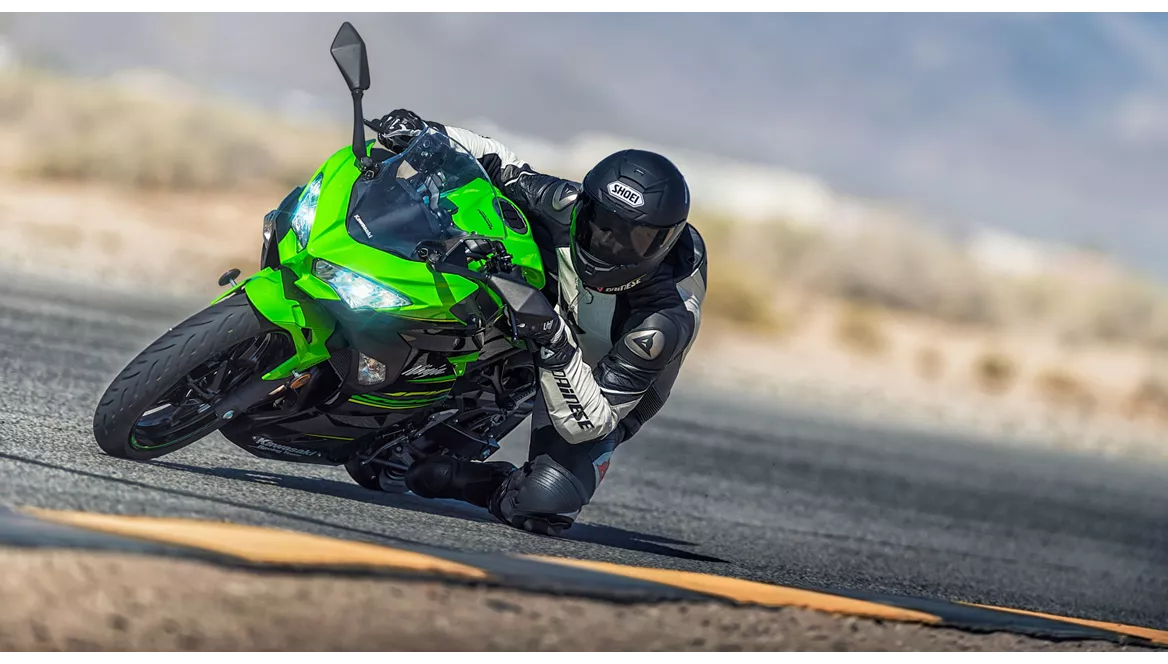
Kawasaki Ninja 400 2018
Overview - Kawasaki Ninja 650 2020 vs Kawasaki Ninja 400 2018
When comparing the Kawasaki Ninja 650 2020 and the Kawasaki Ninja 400 2018, it is clear that both models have their own unique strengths and weaknesses.
Starting with the Kawasaki Ninja 650 2020, one of its main strengths is that it is one of the last of its kind. With the trend towards smaller displacement motorcycles, the Ninja 650 stands out as a powerful two-cylinder option. Additionally, the comfortable seat makes it suitable for touring, and the compact dimensions make it easy to maneuver in urban environments. The beginner-friendly seat height is also a plus for riders who are new to motorcycling. The stable chassis provides a confident and smooth ride, and the TFT display with connectivity adds a modern touch. Lastly, the sporty look of the Ninja 650 gives it a visually appealing aesthetic.
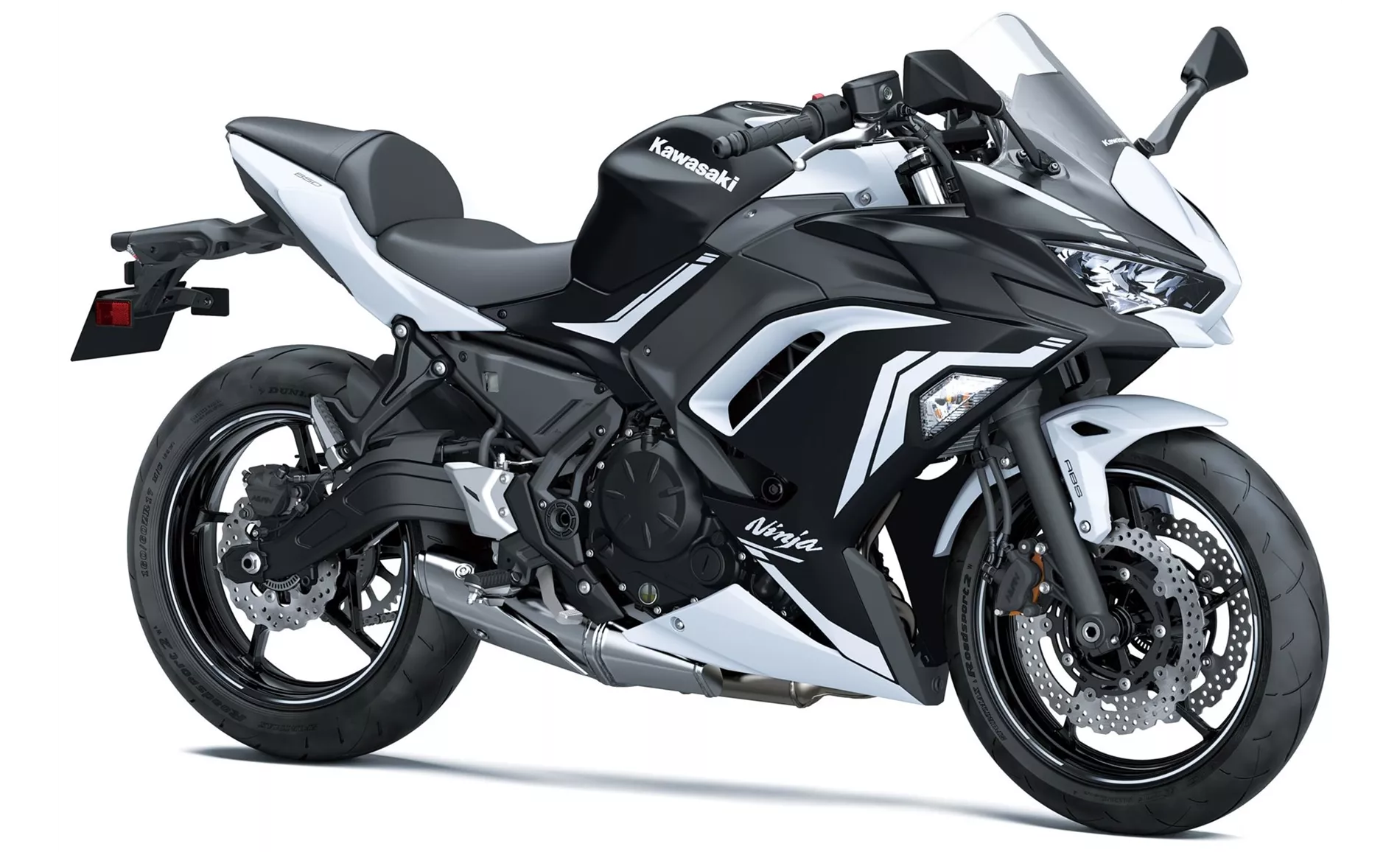
Kawasaki Ninja 650 2020
On the other hand, the Kawasaki Ninja 400 2018 has its own set of strengths. The chassis of the Ninja 400 is designed for sporty use, making it a great option for riders who enjoy spirited riding. The low weight of the bike contributes to effortless handling, allowing riders to easily navigate through corners. The engine of the Ninja 400 has a smooth response, providing a satisfying riding experience. The relaxed and confidence-enhancing seating position adds to the overall comfort of the bike. Additionally, the LED headlights improve visibility and safety while riding at night.
Moving on to the weaknesses of each model, the Kawasaki Ninja 650 2020 has a few areas where it falls short. The overall size of the bike may be too dainty for taller riders, potentially leading to discomfort during longer rides. Additionally, some riders have noted that the front brake pressure point could be improved. Lastly, the Ninja 650 may not be the best choice for touring with two people, as it may lack the necessary power and stability.
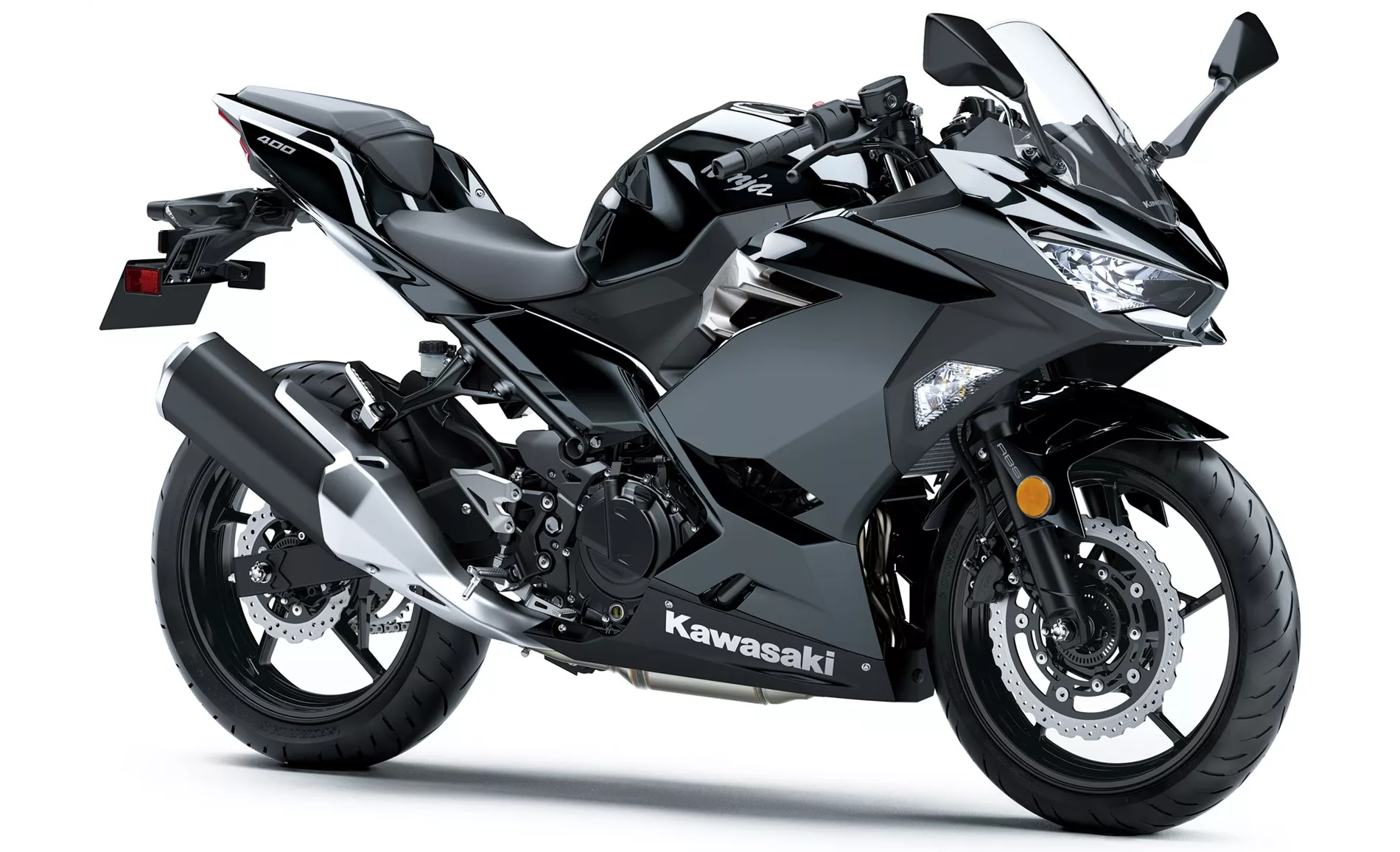
Kawasaki Ninja 400 2018
As for the Kawasaki Ninja 400 2018, it also has a couple of weaknesses. The brake and clutch levers are not adjustable, which may be inconvenient for some riders who prefer a personalized setup. Additionally, riders over 180cm tall have reported that the original windshield creates an enormously loud wind noise, which can be distracting and uncomfortable.
In conclusion, both the Kawasaki Ninja 650 2020 and the Kawasaki Ninja 400 2018 have their own unique strengths and weaknesses. The Ninja 650 offers a powerful two-cylinder engine, comfortable touring capabilities, and a sporty look. On the other hand, the Ninja 400 excels in sporty handling, a smooth engine response, and a relaxed seating position. Ultimately, the choice between the two models will depend on the rider's preferences and intended use for the motorcycle.
Technical Specifications Kawasaki Ninja 650 2020 compared to Kawasaki Ninja 400 2018
Pros and Cons in comparison
Pros and Cons in comparison
Kawasaki Ninja 650 2020
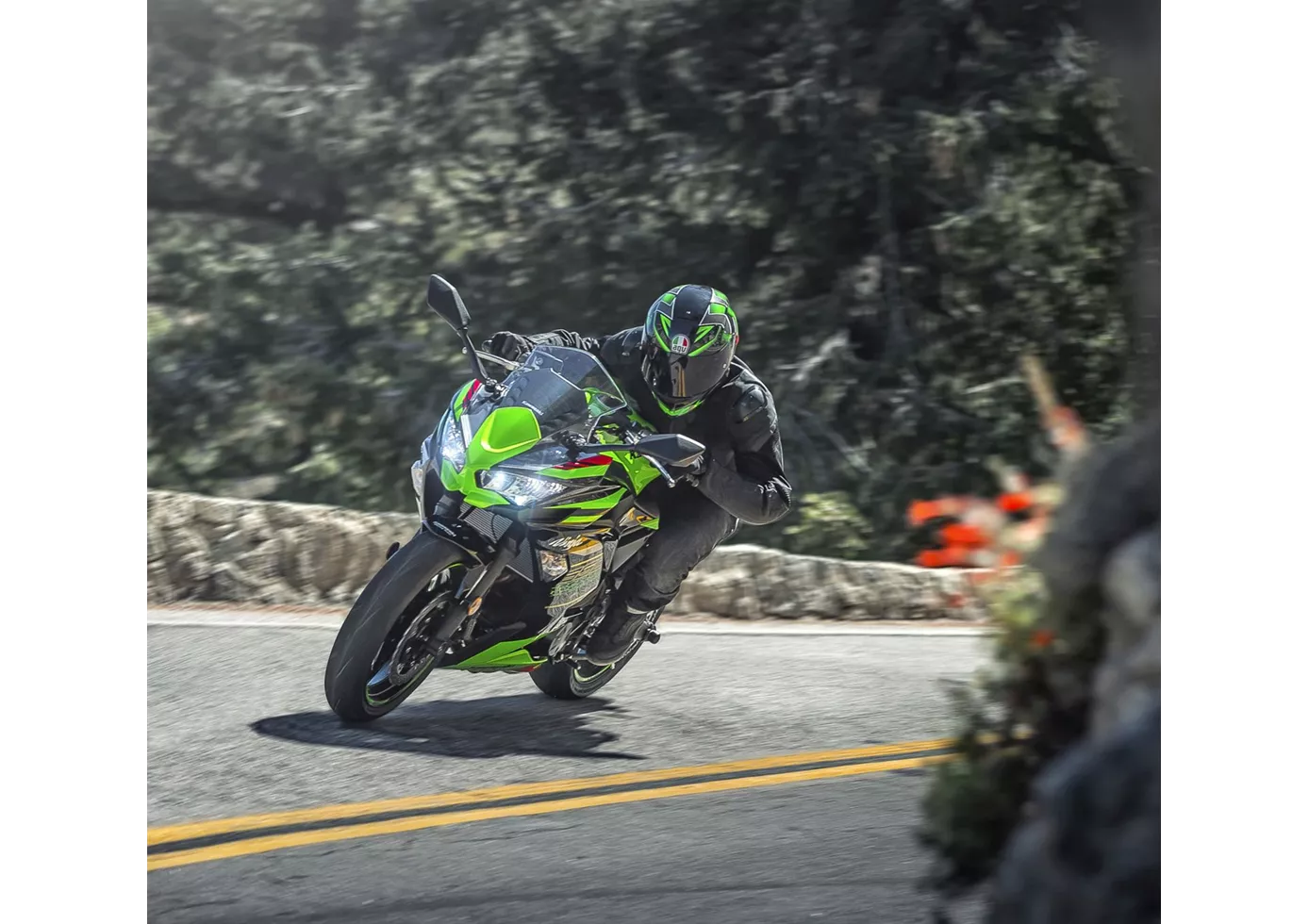
Save the sport tourer! With the Ninja 650, Kawasaki has created an exemplary representative of this class and (hopefully) solved the problem of the new generation. The stable chassis and the decent two-cylinder will delight beginners and advanced riders alike, even at a brisker pace. The front brake is a little too well intentioned, lacking a transparent pressure point despite basically good braking performance. Another plus is the TFT display, which we don't find in the competition at the moment, as well as the grown-up look, which is strongly oriented towards the larger Ninja models.
Kawasaki Ninja 400 2018
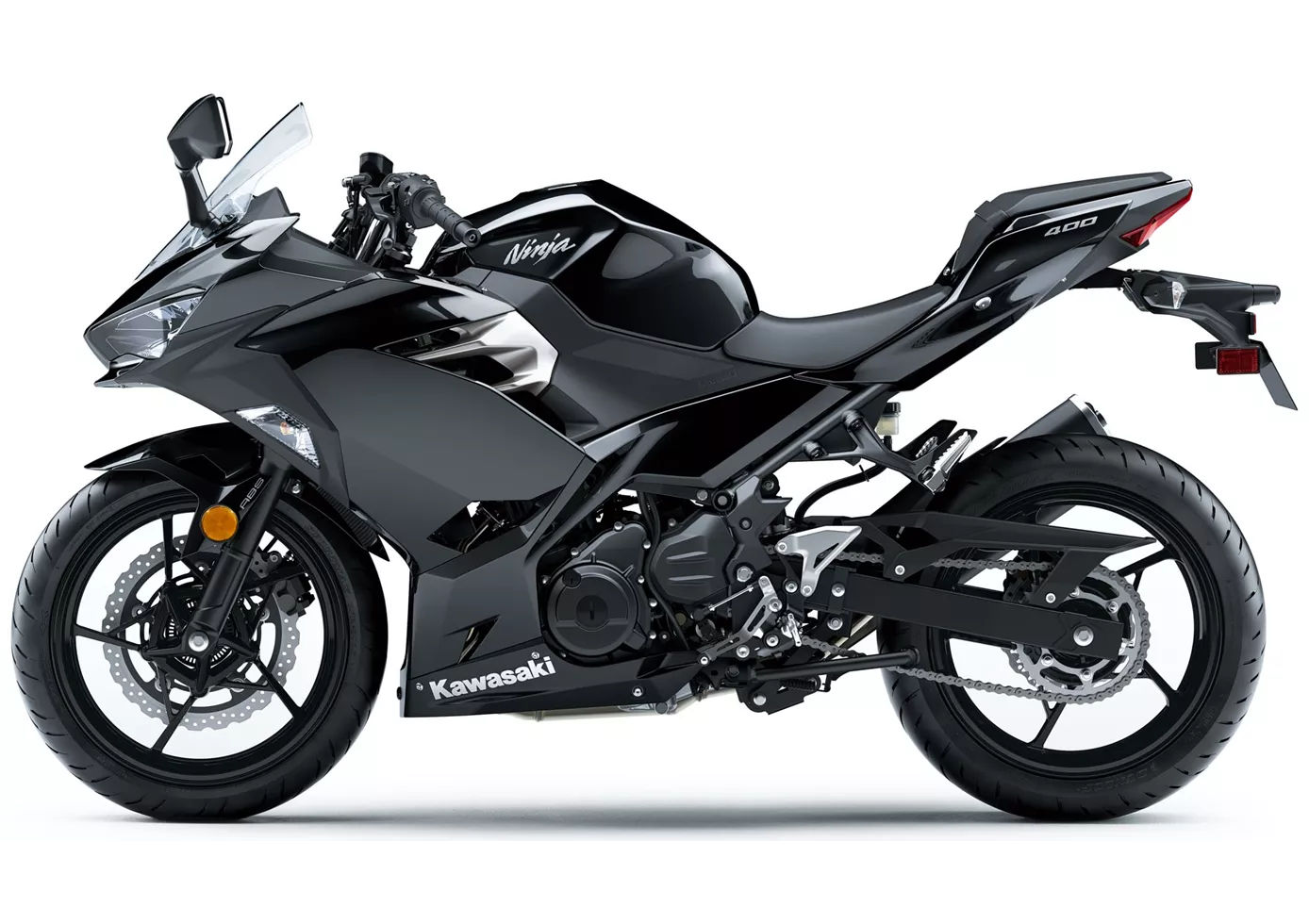
In summary, the Ninja 400 could be described as the perfect entry into the supersport world. You can't get more power with A2, the looks suggest much more power, the vehicle is playful to ride, is forgiving in every respect and still allows a really sporty riding style. Those who had legitimate concerns about the lack of power on the various 250 cubic machines now have no more excuses. Ninja 400, it's good to have you!
Price Comparison Avarage Market Price Kawasaki Ninja 650 vs Kawasaki Ninja 400
There are a few key differences between a Kawasaki Ninja 650 2020 and a Kawasaki Ninja 400 2018. In terms of price, the actual average price of a Kawasaki Ninja 650 2020 is about 22% higher. There are the same number of bikes of both models available on the 1000PS.de marketplace, specifically 10. It takes less time to sell a Kawasaki Ninja 650 with 75 days compared to 105 days for a Kawasaki Ninja 400. Since model year 2017 1000PS.de editors have written 20 reviews for the Kawasaki Ninja 650 and 9 reviews for the Kawasaki Ninja 400 since model year 2018. The first review for the Kawasaki Ninja 650 was published on 10/4/2016 and now has more than 79,600 views. This compares to more than 44,300 views for the first review on Kawasaki Ninja 400 published on 11/22/2017.

